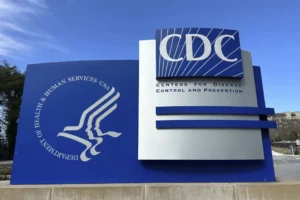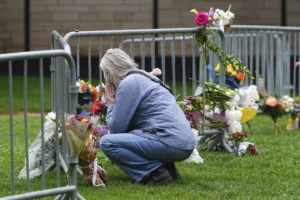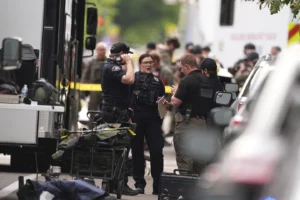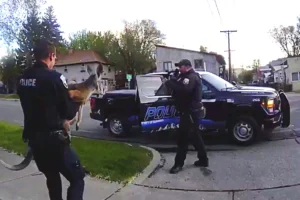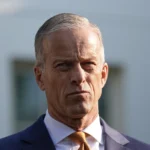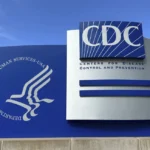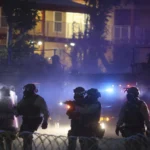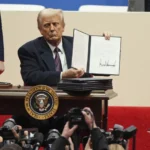University of Wyoming President Discusses Agenda as Third Year Begins
Ed Seidel details programs to strengthen UW’s impact on state, goal to become top research university (Part 2)
- Published In: Other News & Features
- Last Updated: Oct 22, 2022
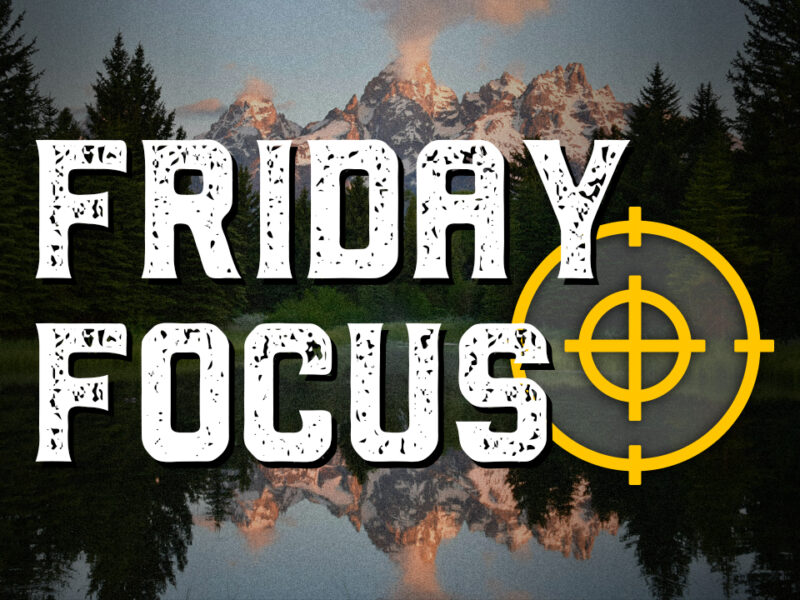
By Kaycee Clark-Mellott
Special to the Wyoming Truth
LARAMIE, Wyo.— When President Ed Seidel arrived at the University of Wyoming in 2020, he confronted a myriad of challenges: the COVID-19 pandemic, budget cuts and an online campus. Two years later, Seidel is hitting his stride and working toward transforming UW into a top-flight research institution.
Seidel spoke about his decision to come to Wyoming and hopes for UW’s future in the first part of his interview with the Wyoming Truth, which was published yesterday. What follows are excerpts from the second part of the interview.
How is UW participating in the Wyoming Innovation Partnership (WIP)?
Seidel: We want to make sure that we sharpen our focus on having as much impact as possible on the state of Wyoming. . . For example, making sure that our agriculture programs are not only support the existing markets of the state around agriculture, but where is it going? How does technology impact it? How does computing impact that? How do we make it more efficient? With the blockchain and new financial models, how do they impact that?
Secondly, looking at other markets like hospitality and tourism. We created a new program around hospitality and tourism that we would specifically think would have more impact on the state’s economy. The new School of Computing and the Center for Entrepreneurship and Innovation are aimed at planting the seeds and the foundation for growth in the state. Also, to provide more opportunities for our students so that they don’t leave the state and have more opportunities to stay in the state.
How has UW bounced back from some of its budget cuts?
Seidel: I was insistent that we don’t just cut programs, but we think about how we sort of pivot to create new programs, even in the face of a financial crisis, that we know are going to help us dig out of the hole in the longer term, such as the School of Computing and the Center for Entrepreneurship which also includes corporate partnerships. We aimed at laying that foundation to help us dig back out.
We have a new VP for research who comes from the National Institute of Food and Agriculture, and he knows a lot about how agriculture is being transformed by technology, robotics, drones, computing, big data approaches . . . That’s one example of where I think we’re beginning to bounce back. We’re creating that program around computing and entrepreneurship [to] provide new opportunities for students and provide them with skill and new revenues . . .
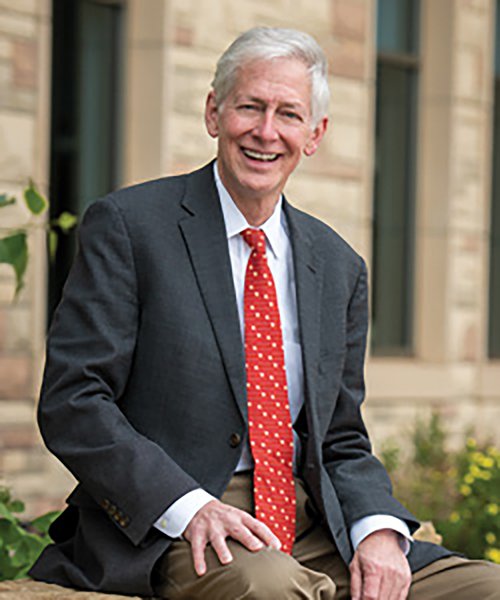
At the state level last year, we had $50 million in budget cuts. The next year, we managed to achieve $185 million in additional funding beyond the standard block grant that we had. . . . Even in the off cycle for budgets, we’ve got proposals for more salary raises. We just have to come to grips with the fact that our staff are just underpaid, and we have to address this. Faculty also need to have some salary raises, not just staff.
You have been very forthcoming about turning UW into a Carnegie R1 University. Where is the university in terms of that process?
Seidel: Let me describe what that is. The Carnegie R1 is the highest level of research activity at a university as determined by the Carnegie Foundation. Most nearly every land grant university is an R1; we’re one of the few that is not, but we have the capacity to be an R1. That makes a big difference in terms of the amount of funding you bring in for supporting research, and it’s all competitive based.
A healthy institution focuses on that and not with the exclusion of students. In fact, they go together, hand in hand. Students working with researchers helps them understand the research and get deeper into their discipline. It also helps bring in more revenue, and it makes our faculty working at the leading edge of whatever the discipline is. With our innovation agenda, that helps us turn that into things that touch people’s lives . . .
With the Carnegie R1 status, you don’t apply for it. They, the Carnegie associated foundation, measures certain metrics about every institution, and then they just announce who’s an R1 and who’s an R2. We’re currently an R2. It’s going to take us a few years, at the least, to achieve that. But I think we can do it now, and it does make a big difference. It puts you in the leading class of universities, which I would say we already should be thought of that way, but we need that recognition [to help] us retain and bring in faculty That’s another kind of misunderstanding. Sometimes people think that Carnegie R1 is only about STEM; it’s not. It’s about the comprehensive scholarship at the university.
What activities do you like to do around Laramie and the state?
Seidel: I’m a big skier, unfortunately just for part of the year. But I mean, I’d be happy if it were winter most of the year. The first year we [Gabrielle Allen, the Director of the School of Computing at UW] were here, we decided during the Christmas holiday [to] get to know Wyoming one ski area at a time. So we drove across the state. We went to seven ski areas, and it was really a nice little drive. . . . .
[Gabrielle and I] love hiking. The last two years, we took four-day hikes where we did the circuit of the towers in Wind River [Range]. We did it hiking 10 miles a day with backpacks and carrying our water and carrying our food and tents.
Last year, we brought [over] some of [Gabrielle’s] family from London, and they’d never seen anything like [Wyoming]. We also took them to Cheyenne Frontier Days, and Lola, who’s 17 from London, could not believe what she saw. She said, “This was a highlight of my life, seeing the rodeo.” We love the culture, and we love getting out and doing stuff like that. Almost every weekend we have an opportunity, we at least go for a hike around Laramie. . . .
Were the cowboy hat and boots something you owned before? Or did you buy them when you landed in Wyoming?
Seidel: I made the purchase here. Beau Clark, the rodeo coach, bought these boots for me. I paid him back, but he brought them to me to say, “You got to get some cowboy boots.” I asked him to get me the right kind. The hat I also got here. Now, Gabrielle’s different. She had cowboy boots, and she’s had them for a long time. She’s like a cowgirl at heart, even though she’s born in London.

